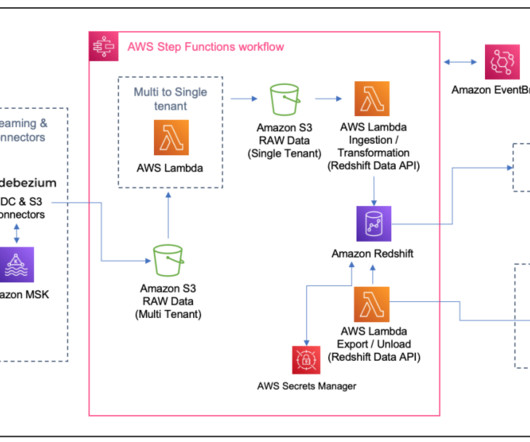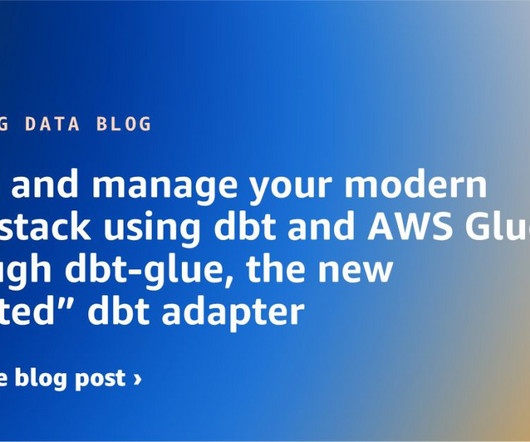Applying Fine Grained Security to Apache Spark
Cloudera
AUGUST 3, 2022
The introduction of “Secure Access” mode to HWC avoids these drawbacks by relying on Hive to obtain a secure snapshot of the data that is then operated upon by Spark. If you are already a user of HWC, you can continue using hive.executeQuery() or hive.sql() in your Spark application to obtain the data securely. . df.show().














Let's personalize your content